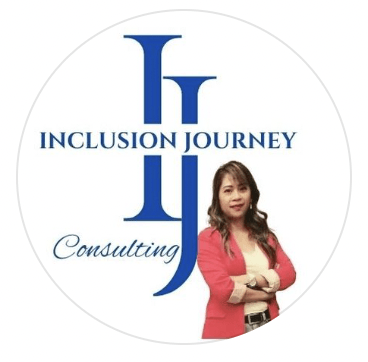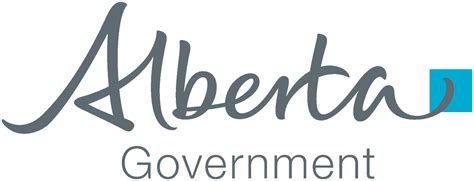Does your CEO know that you're losing big amounts of money in doing DEI Initiatives?
Does your CEO know that you're losing big amounts of money in doing DEI Initiatives?
If your organization is considering rolling out a new DEI program or wanting to take your existing DEI initiative to the next level, read on so that you avoid the costly DEI efforts that don't stick...
A McKinsey study revealed that U.S. organizations spent over $8 billion annually on diversity initiatives in hopes of a strong return on investment, yet, still didn’t get clear evidence that the initiatives improved workforce diversity nor improved the feeling of belonging and inclusion at work. [1]
Another recent survey made by Josh Bersin showed more alarming information [2]:
- Only 22% of companies believed they are recognized by their employees, customers, or suppliers as leaders in DEI.
- 76% of companies have no diversity or inclusion goals at all
Surely, a big AND costly gap exists between intention and the outcome.
Considering the second bullet above, the gap can be addressed by having a solid and sustainable DEI strategy/ goals which are critical before starting any DEI initiatives.
Here are 5 tips to make sure your DEI initiatives will move the needle and avoid the trap of making costly DEI investments that don’t stick!
1) Have a clear Diversity, Equity, and Inclusion vision and strategy.
What’s your "why" in building your DEI strategy? Envision where the organization would be 2-3 years from now? 5 years from now? What would be different from today?
This is very important. If you don’t know what transformation you would like to achieve, how would you identify how to get there? Knowing the transformation is essential in forging the “big picture” implementation. \
2) Embed DEI Strategy in your business and people strategy.
A DEI strategy aims to create an inclusive, equitable workplace that has a diverse and engaged workforce.
Inclusive behaviors should be continually practiced and reinforced every day at work.
To avoid the perception that the DEI Strategy is an HR initiative, ensure that the DEI strategy is embedded in both the business strategy and people strategy so that it is adapted to the organization’s vision and strategy. Make sure to come up with a DEI strategy that reflects the organization’s priorities and reflects what your employees, clients, and stakeholders need. Having this alignment is key so that your DEI initiatives touch every area of your organization.
3) Incorporate DEI metrics in your business and people strategy.
As the saying goes, "what gets measured, gets results." With your DEI metrics aligned with your business and people strategy metrics, it would be easier to track the progress of your DEI initiatives and the return on investment.
4) Establish distributed accountability.
The DEI metrics and outcomes should not just be integrated into one or some areas of the organization since these metrics/ outcomes are driven by the organization’s business objectives, enabling DEI efforts to deliver more value to the business. If the goal is to truly embed diversity, equity, and inclusion in the organization's culture, systems, practices, and processes, accountability in all levels and areas is needed to ensure that any DEI initiatives are making progress.
5) Design a holistic and multidimensional approach to your DEI strategy that goes beyond delivering training.
This involves designing an approach that touches on all levels, all areas, and functions in the organization. This kind of approach designs an organizational culture, business practices, processes, and systems that support fairness and facilitate change in mindset and behaviors. This creates a workplace that is equitable and has accountability in place for people to practice inclusive behaviors.
Forward-thinking organizations have already begun looking at their organizational culture, structures and resources, HR functions, programs, partnerships, and the communities that they serve intending to embed the DEI strategy in all these areas.[3]
Having a DEI roadmap will guide you through the process of designing a holistic and multidimensional approach.
It will provide clear guidelines on how to move the needle towards the transformation you are aiming for, that is to have not only a diverse workforce and more importantly to create an inclusive workplace.
If you want to make sure that you're building the right and sustainable foundation for your Diversity, Equity, and Inclusion strategy, use our complimentary DEI strategy roadmap as a resource!
Get the high-level DEI strategy roadmap here.
About Maria Drueco
Maria is a D&I consultant with diverse experience and expertise in HR consulting, HR program content development, facilitation, Business Development, and Sales and Marketing. After more than 15 years of Sales, Marketing, and Business Development experience in the Philippines and in Canada, she then shifted to Human Resources, focusing on developing programs and strategies for inclusive workplace culture, improve personal effectiveness, enhanced employee engagement, and supporting new leaders in the organization.
Connect with her on LinkedIn
References:
[2] https://joshbersin.com/2021/02/elevating-equity-and-diversity-the-challenge-of-the-decade
[3] https://joshbersin.com/2021/02/elevating-equity-and-diversity-the-challenge-of-the-decade















